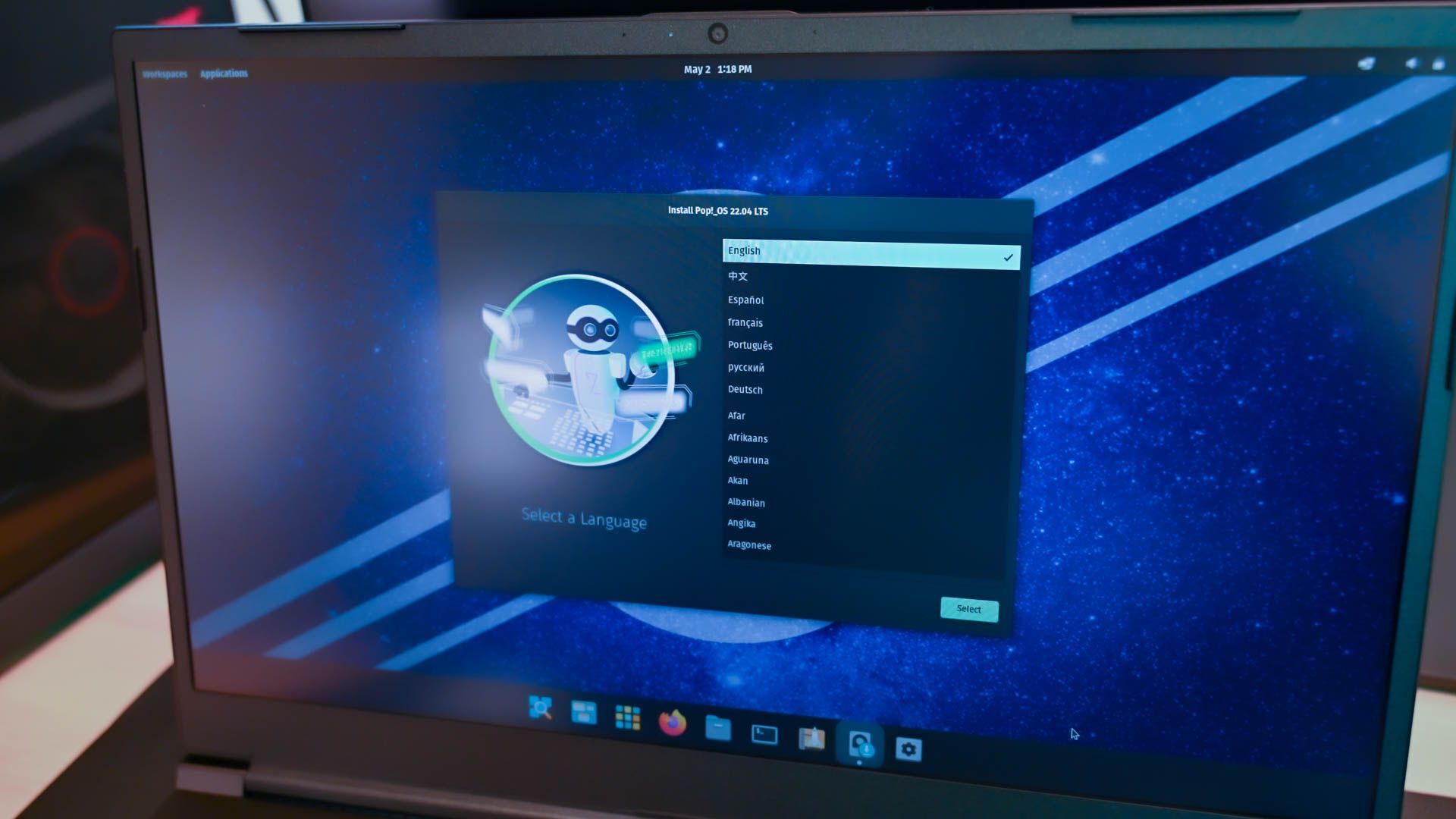Ubuntu’s popularity often makes it the default choice for new Linux users. But there are tons of other Linux operating systems that deserve your attention. As such, I’ve highlighted some Ubuntu alternatives so you can choose based on your needs and requirements—because conformity is boring.



Sure, but the interface is probably just as important as the actual logic behind it, isn’t it?
Honestly I would consider that one of the fundamental things a package manager must do, I didn’t think it was a special thing haha
Yeah, I know. But if you want to manually install a package like that, you have to remember the extra step after it’s finished installing instead of before the install. It’s just unergonomic, for something that could be a flag (e.g. in
emerge -1) and that I at least use fairly often.Another problem with it being a two-step thing is that if you do it unconditionally in a script, it doesn’t retain the flag from before the previous installation command, you need a third step, i.e. checking if the package was installed before. My use case for this was installing dependencies for a package build which should be able to be removed again afterward, while not affecting the subset that were already installed explicitly.
Now that I think about it, it’s probably a good idea to always check if a package needs to be installed before installing it if you script it, though, because otherwise it might be unnecessarily reinstalled. Fair enough.
Yeah, I maintain some software/config/meta packages for the computers at the uni I study at. Before, I’m pretty sure the packages were manually packaged with every update and I wanted to automate it a bit and also make clear how to get from the source tarballs to the final build.
Ahh, the way it’s structured makes a lot more sense knowing that. Coming from packaging stuff for Arch, Gentoo and NixOS, where the packaging process is essentially the same for all three, with you usually supplying source download URLs, I had absolutely no idea how debian/rules would allow me to do anything and felt like I was missing a big thing. I guess it really is just a Makefile that you run directly, and that makes sense if you already have the sources in your tree?
This, at least version constraints, is another one I’d consider essential tbh. The rest are great though, I agree.
The logic is why I love Apt. Most robust dependency resolution algorithms I’ve used.
But also, I don’t have any issues with the CLI. Having a distinction between
apt-getandapt-cacheandapt-markdoesn’t feel weird to me. You’re practically just separating the top-level sub commands by a dash instead of a space. Theaptcommand is really just a convenience thing, and there are specialized tools for the more advanced things. Which is fine by me.Also, the top level
aptcommand doesn’t guarantee a stable CLI, so for scripting you’re supposed to useapt-getand friends anyway.You’d be surprised. Homebrew (the de facto standard package manager for macOS) doesn’t do this. Though, you can at least lookup the “leaf” packages which are not dependencies of any other package.
And, most language-specific package managers can’t do this. E.g. if you install software with
piporcargo.If the package is in use, it shouldn’t be an orphan.
For example, what if you race with a cleanup job that is removing orphans? (Debian is hyper stable, so I often enable unattended upgrades with autoremove. I’m not so comfortable doing that on Arch ;)
What you’ve described is just an
apt-get installwhen you start and andapt-get removewhen you’re done. Or more properly setting it as a build dependency in your source package, to let Apt handle it.But also, why uninstall build tools?
Yeah, version constraints are common. But most other package managers bail with an error when they encounter a conflict. Apt is really good about solving conflicts and proposing solutions. Often it will propose multiple solutions to your conflict for you to choose from.
Again, it’s the solver part of Apt that makes it the best IMO.